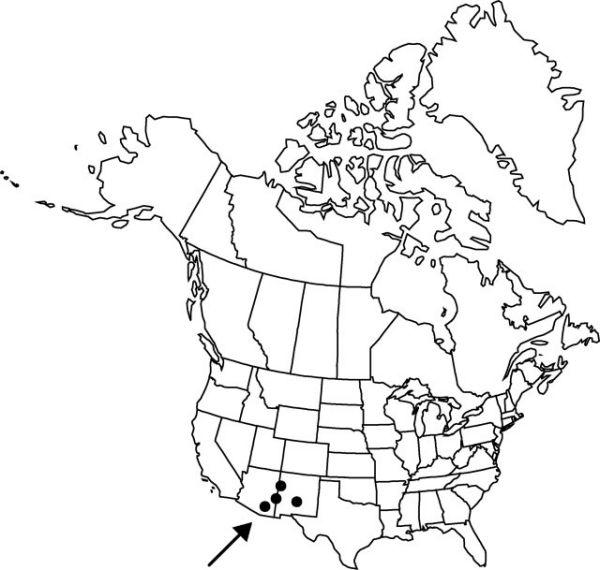Difference between revisions of "Allium gooddingii"
Res. Stud. State Coll. Wash. 15: 222. 1947.
FNA>Volume Importer |
FNA>Volume Importer |
Revision as of 21:42, 16 December 2019
Bulbs 1–3, clustered on thick, iris-like rhizome, elongate, 2–3 × 0.5–1 cm; outer coats enclosing single bulb, brownish, membranous, minutely striate, cells in regular vertical rows, elongate, not fibrous-reticulate, fibers persistent, parallel, few, coarse; inner coats whitish or pinkish, minutely striate, cells in vertical rows, elongate. Leaves persistent, green at anthesis, 3–6, basally sheathing, sheaths not extending much above soil level; blade solid, flat, 8–25 cm × 4–8 mm, margins entire. Scape persistent, solitary, erect, solid, flattened, narrowly winged distally, 34–45 cm × 1–3 mm. Umbel persistent, erect, loose, 18–23-flowered, conic, bulbils unknown; spathe bracts persistent, 2, 3–5-veined, narrowly lanceolate, ± equal, apex acute. Flowers campanulate, 8–10 mm; tepals erect, pink, elliptic, ± equal, withering in fruit, margins entire, apex obtuse, midribs not thickened; stamens ± equaling tepals; anthers white or purple; pollen white; ovary crestless; style linear, equaling stamens; stigma capitate, unlobed; pedicel 15–20 mm, elongating in fruit. Seed coat dull or shining; cells each with minute, central papilla. 2n = 14.
Phenology: Flowering Jun–Sep.
Habitat: Steep, rocky slopes
Elevation: 2400–2900 m
Discussion
Allium gooddingii is known only from the mountains of east-central Arizona and adjacent New Mexico, and the Santa Catalina Mountains of southern Arizona.
Selected References
None.
